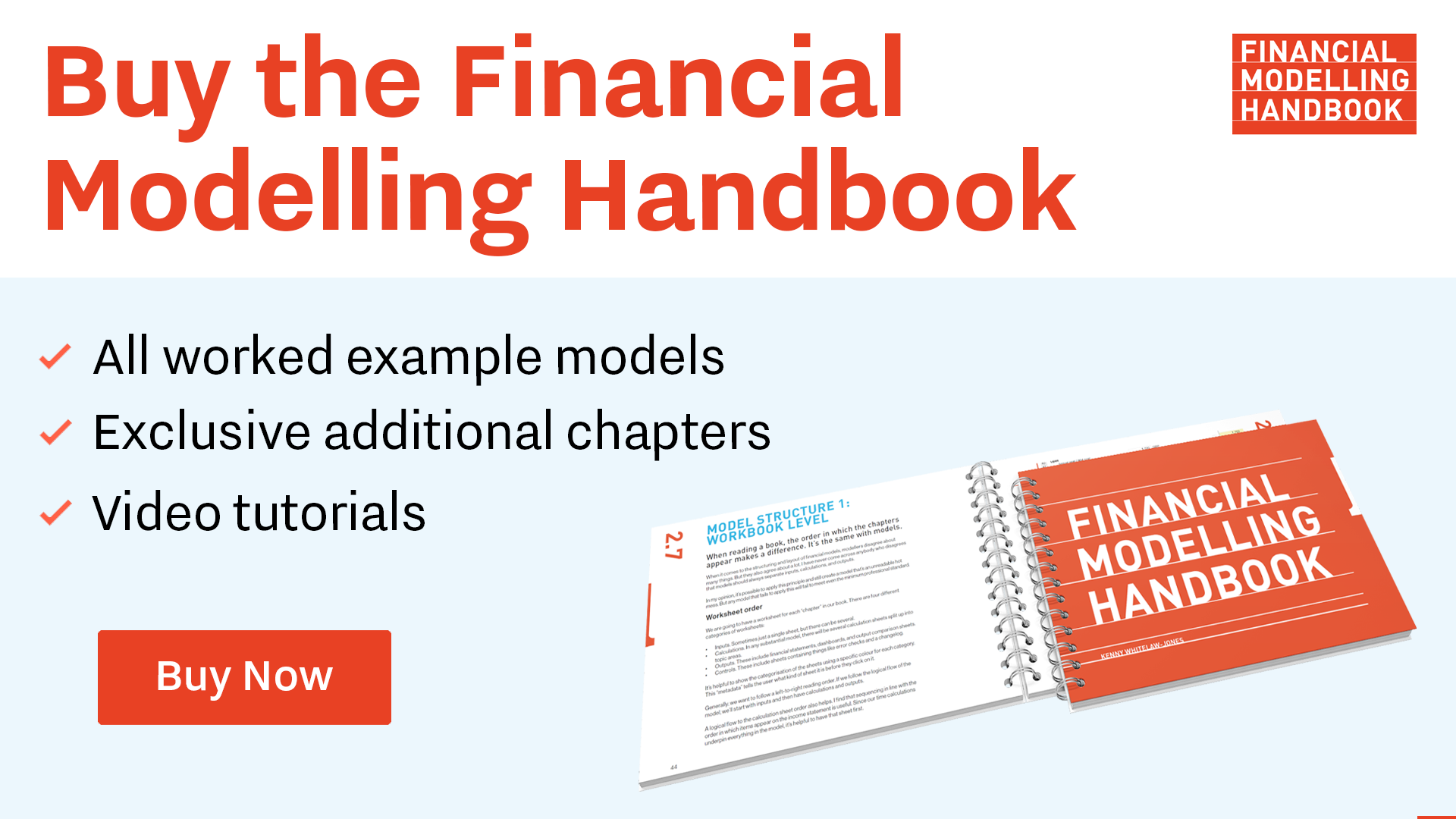As simple as possible
"Everything should be as simple as possible, but not simpler."
Every model exists to answer a question.
My first aim in building a model is to answer that question.
My secondary aim is to achieve the first aim in a way that other people reading my model understand precisely what I've done. They can easily review all the workings and quickly understand the logic.
The best way I've found to achieve the transparency I'm going for is to keep everything as simple as possible.
Unchecked, models naturally seem to evolve towards complexity. Keeping this simple is more difficult.
- Simplicity means breaking complex calculations down into more straightforward steps.
- Simplicity means avoiding unstable or esoteric functions where possible.
- Simplicity means short, simple calculations.
- Simplicity sometimes means "breaking the rules", where following them would lead to increased complexity.
Simple, not simplistic
Just because we are aiming to keep our models simple, it does not mean that they're simplistic.
The words simple and simplistic come from the same root, but their meanings are different.
Simple means uncomplicated. A simple solution is often a good one.
Simplistic means overly simplified, often to the point of being misleading. A simplistic solution to a problem is often a bad solution.
In the words of Einstein:
"Any intelligent fool can make things bigger and more complex. It takes a touch of genius - and a lot of courage - to move in the opposite direction."

Comments
Sign in or become a Financial Modelling Handbook member to join the conversation.
Just enter your email below to get a log in link.